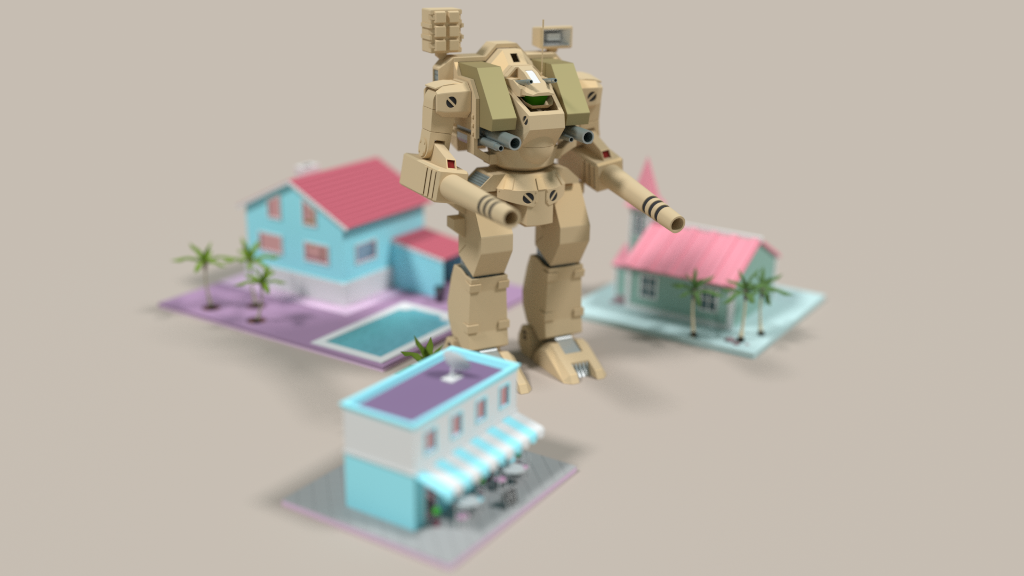Semantically Meaningful Relationships

Contextualise makes it possible to assert semantically meaningful relationships between topics. In practice though, how would you approach this? Well, it makes sense to first think about the relationship as a whole. Basically, you need to ask yourself what kind of relationship are you trying to establish? If, for example, the relationship is between two members of the same family then the type of relationship that you are trying to express could simply be defined as “family”. If, for example, the relationship is between an employer and an employee, then the type of relationship could be defined as “employment”.
Once you have established the overall type of relationship, the next thing to think about when establishing a relationship between two topics is the roles that the respective topics play in the relationship. This is often —but not always— a relatively straightforward thing. For example, in an “employment” relationship between a company and a person working for the company, their roles could be “employer” and “employee”, respectively.
As a sidenote, I just want to mention that in this article I am using the generic and more frequently used term “relationship” instead of the topic maps-specific term “association”. In practice, they are interchangeable. Nonetheless, in the Contextualise application and its documentation the term association is used, not relationship.
Relationship Types
The following table provides a summary of typical relationships, their type, definition and examples of roles.
| Relationship Type and Definition | Examples of Roles |
|---|---|
| Causal: X creates a change or effect on Y | causes, leads to, increases, improves |
| Characteristic: X is an inherent feature or characteristic of Y | has, is |
| Classification: X is a class, category or type of Y, or vice versa | type of, example of |
| Comparison: X involves a comparison in order to show a similarity, difference, or equality with Y | similar to, different from, equal |
| Conditional: X contingent on Y; a possible event | may lead to, requires, necessary for |
| Function: X designed for or capable of a particular function with regard to Y | controls, transports, carries, use |
| Location: X’s spatial relation to Y | under, over |
| Part-Whole: X is contained within, or a part of Y | part of, belongs to, made of, includes |
| Temporal: X’s time relation to Y | beside, during, follows, prior to |
Symetrical vs. Asymmetric Relationship Roles
Another way to look at relationship roles is from the point of view of them being symetrical (both topics play the same role relative to one another in the relationship) vs. asymmetric (both topics play different roles relative to one another in the context of the relationship).
Symetrical Roles
The following list provides examples of symetrical relationship roles.
- has sibling
- has synonym
- is opposite of
- is near to
- is similar to
- is same as
- is independent of
- is equal to
- is opposed to
Asymmetric Roles
The following list provides typical relationship types and accompanying (asymmetric) roles.
Inclusion (typically, the most common)
- composed of / is part in
- has part / is part of
- has example / is example of
- contains / is contained in
- has instance / is an instance of
- includes / is included in
Characteristic (second most common)
- has characteristic / is characteristic of
- has property / is property of
- has kind / is kind of
- describes / is described by
- denotes / is denoted by
- has advantage / is advantage of
- has function / is function of
- is above / is below
- has attribute / is attribute of
- has type / is type of
- defines / is defined by
- models / is modeled by
- implies / is implied by
- has disadvantage / is disadvantaged
- has size / is size of
- is higher than / is lower than
Action
- causes / is caused by
- solves / is solution for
- decreases / is decreased by
- destroys / is destroyed by
- influences / is influenced by
- enables / is enabled by
- acts on / is acted on by
- converted from / converted to
- employs / is employed by
- generates / is generated by
- originates from / is origin of
- requires / is required by
- sends to / receives from
- used / is used by
- exploits / is exploited by
- increases / is increased by
- impedes / is impeded by
- determines / is determined
- absorbs / is absorbed by
- consumes / is consumed by
- designs / is designed by
- evolves into / is evolved from
- modifies / is modified by
- provides / is provided by
- regulates / is regulated by
Process
- has object / is object of
- has result / results from
- has process / is process in
- has input / is input to
- depends on / has dependent
- has output / output of
- has subprocess / is subprocess of
- organizes / is organized by
- proposes / is proposed by
- concludes / is concluded by
Temporal
- has step / is step in
- precedes / follows
- has stage / is stage in
If you have any questions with regards to the above, please don’t hesitate to get in touch with me by email: info at contextualise dot dev.